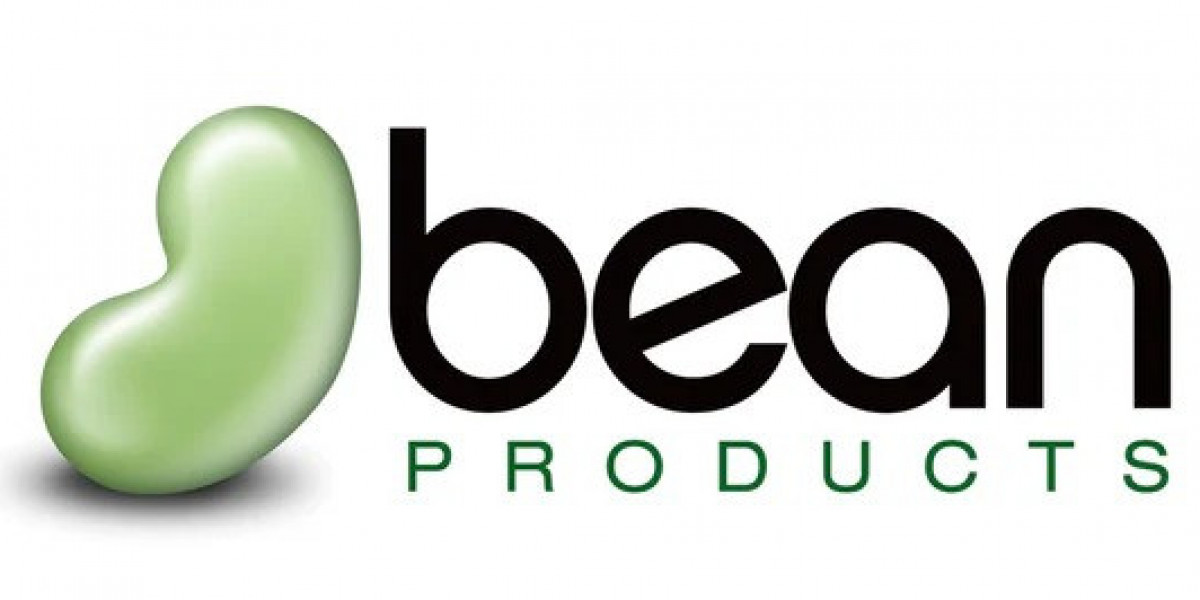The protein bar market has grown substantially in the past decade, driven by health-conscious consumers, the rise of fitness culture, and increasing demand for convenient nutrition. Despite this growth, the industry is not without its challenges. Numerous barriers, both internal and external, limit market entry and expansion for new and existing players. These barriers stem from factors such as regulatory complexities, high competition, fluctuating raw material prices, evolving consumer preferences, and distribution hurdles.
1. High Market Competition and Brand Loyalty
One of the most significant barriers in the protein bar industry is intense competition. The market is saturated with a wide range of brands — from global giants like Clif Bar, Quest Nutrition, and RXBAR to local or niche players targeting specific consumer groups such as vegans, keto dieters, or athletes.
Established companies already have strong brand recognition, customer trust, and shelf presence in major retail stores. This makes it difficult for new entrants to gain traction. Brand loyalty in this market is powerful; consumers tend to stick with products that meet their nutritional needs, taste preferences, and dietary restrictions. Breaking into this loyal consumer base is costly and time-consuming for new competitors.
2. Regulatory and Compliance Challenges
Protein bars are considered functional or nutritional foods, which subjects them to a range of government regulations, especially in countries with strict food and health safety standards. Manufacturers must ensure that their products comply with regulations related to nutritional labeling, health claims, allergens, and ingredient sourcing.
For instance, making claims like “high protein” or “supports muscle growth” must be backed by scientific evidence in many jurisdictions. Failing to meet regulatory standards can result in product recalls, legal consequences, or reputational damage. For new or small-scale producers, navigating this regulatory landscape can be a daunting and expensive process.
3. Volatility in Raw Material Prices
Protein bars are composed of a variety of ingredients, including whey protein, plant proteins (like pea or soy), nuts, seeds, sweeteners, and flavorings. The prices of these ingredients can fluctuate due to various factors such as climate change, supply chain disruptions, geopolitical instability, and shifts in demand.
For example, whey protein, a commonly used ingredient, is a byproduct of cheese production. If the dairy industry experiences disruptions, whey prices can spike, increasing production costs. Similarly, plant-based ingredients can be impacted by poor harvests or rising transportation costs. These fluctuations make it challenging to maintain consistent profit margins, especially for small-scale producers without long-term supplier contracts.
4. Evolving Consumer Preferences and Health Trends
Consumer tastes in the protein bar market are constantly evolving. A few years ago, low-carb and sugar-free bars were in high demand. Today, there’s a growing interest in clean-label, organic, vegan, and sustainably-sourced products. This rapid evolution forces manufacturers to adapt their formulations and branding to stay relevant.
Failure to keep up with changing preferences can result in declining sales. However, reformulating products to meet new demands isn’t always straightforward. It can affect the taste, texture, shelf life, or cost of the bars, potentially alienating existing customers. Moreover, aligning with current health trends requires investment in research and development, further increasing entry costs for new players.
5. Supply Chain and Distribution Hurdles
Securing efficient and reliable distribution channels is another major barrier. Protein bars need widespread visibility — in supermarkets, health food stores, gyms, vending machines, and online marketplaces. However, shelf space in retail locations is limited and often dominated by established brands that have long-term deals with distributors and retailers.
Additionally, e-commerce offers a promising channel, but it brings its own set of challenges including logistics, warehousing, customer acquisition, and managing returns. Startups may struggle to establish a robust distribution network without significant investment and marketing effort.
6. Product Differentiation Difficulties
Given the high saturation of the market, it’s becoming increasingly difficult for brands to stand out. Many protein bars offer similar benefits: high protein, low sugar, good taste, and portability. This makes innovation and differentiation critical — yet challenging.
To differentiate, companies often explore novel ingredients (like insect protein or collagen), unique flavors, or sustainable packaging. While these can capture attention, they also involve risks and additional costs. Moreover, not all innovative ideas succeed in the market, which can deter newcomers from experimenting.
7. Marketing and Customer Acquisition Costs
Effective marketing is essential for brand awareness and customer loyalty in the protein bar industry. However, customer acquisition costs have been rising, particularly in digital spaces. Competing for visibility on social media, search engines, and influencer platforms can be costly, especially when up against major brands with large advertising budgets.
Smaller companies often need to rely on word-of-mouth or niche marketing strategies, which take longer to gain momentum. Without a solid marketing plan and budget, new products risk getting lost in the noise.
Conclusion
The protein bar market holds great potential, but it is also fraught with barriers that can deter or delay success. From regulatory challenges to market saturation, new and existing players must navigate a complex landscape that demands innovation, strategic planning, and financial resilience. Understanding these barriers is the first step toward building a sustainable and competitive brand in this dynamic and ever-evolving industry.
read more:
| https://www.pristinemarketinsights.com/protein-bar-market-report |









